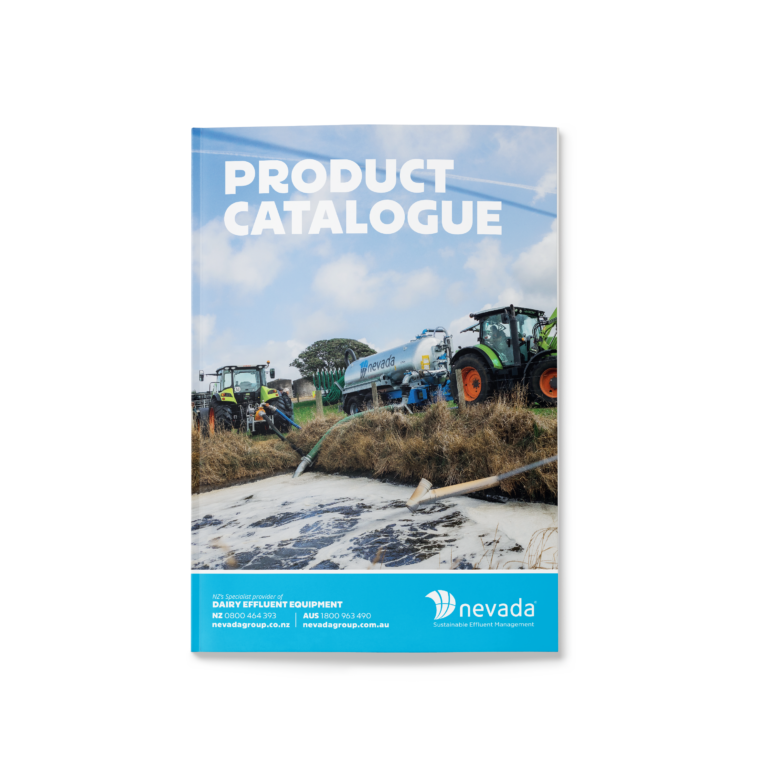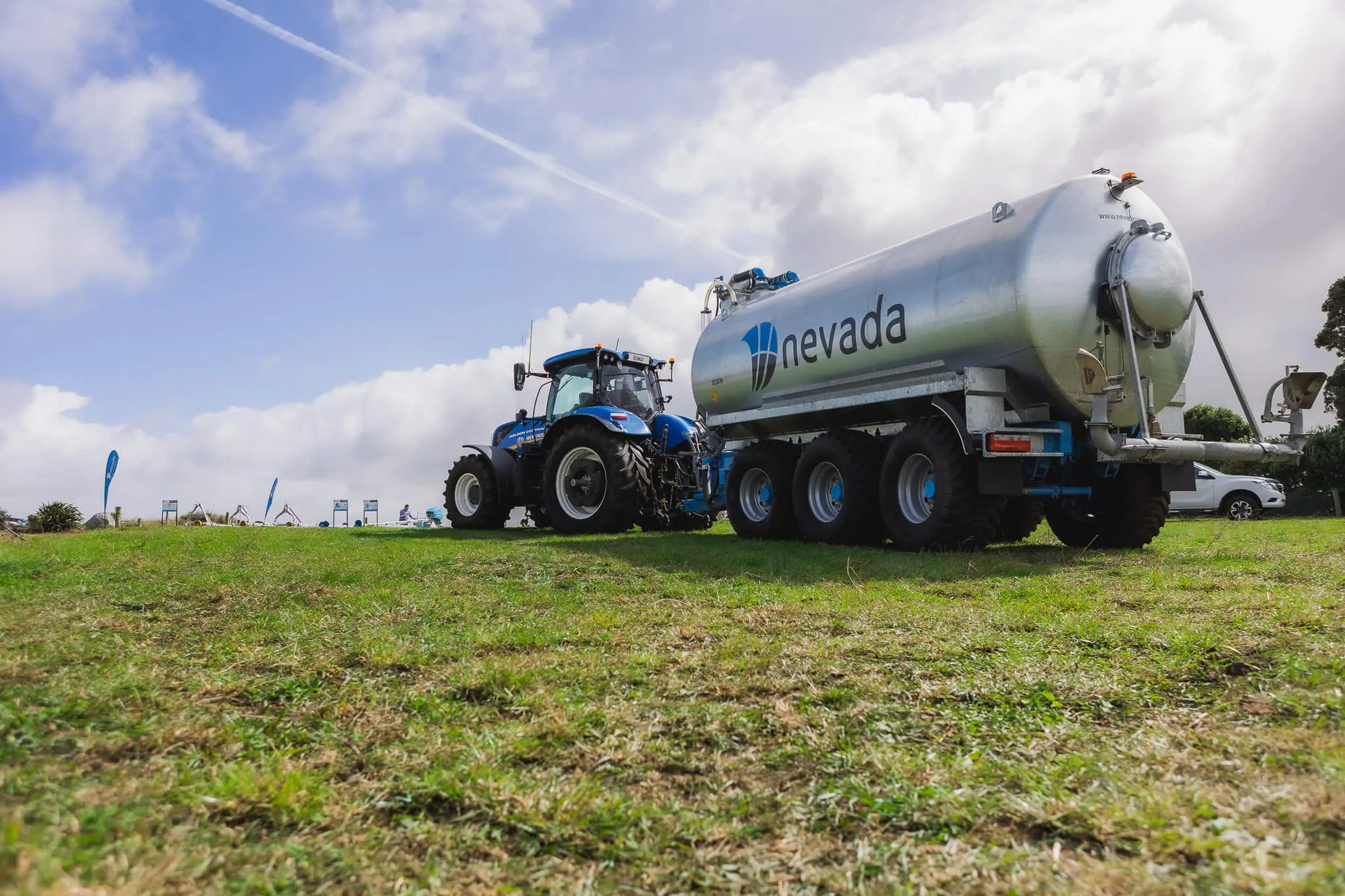- Sustainable Effluent Management
This is important not just for providing maximum nutrient value for spreading over pasture, but also for maintaining council compliance and keeping your equipment running smoothly. There are a lot of things that go into building a good slurry stirrer, but one of the key components is the propeller, so what makes a good propeller?
It’s important to fully appreciate the role the propeller plays when it comes to mixing effluent. If left to its own devices, effluent will separate out, with some solids floating to the top, and more solids sinking to the bottom of your storage. Mixing the effluent into an homoginised slurry is the best way to ensure maximum nutrient value for spreading, and also reduces strain on your pump and irrigator.
The solids that float to the top will often matt together as they dry out, forming a crust. So the propeller’s first task is to destroy the solid particles from the slurry. However, what’s even more important than what you see on top, is what you can’t see sitting on the bottom of your storage. There’s often twice as much solid particles that have sunk to the bottom, which will cause a number of issues if the propeller is unable to bring these solids into suspension:
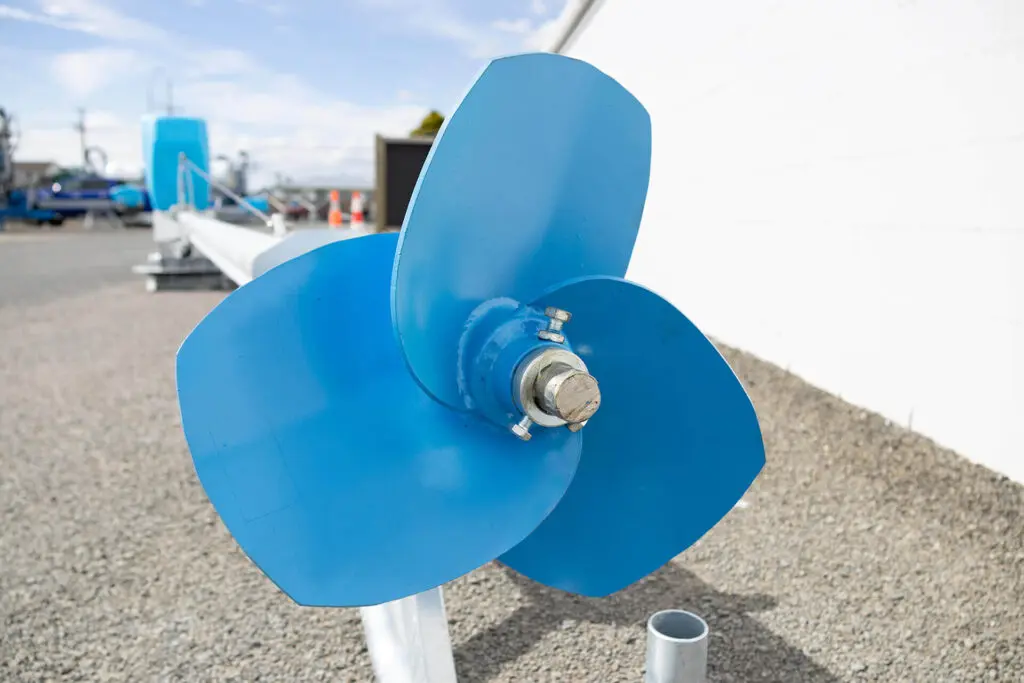
So the propeller’s second job is to lift the solids accumulated at the bottom of the effluent storage into suspension. Once the solids are broken down and suspended, the propeller then needs to be able to efficiently mix everything together to create an homoginised slurry ready for spreading.
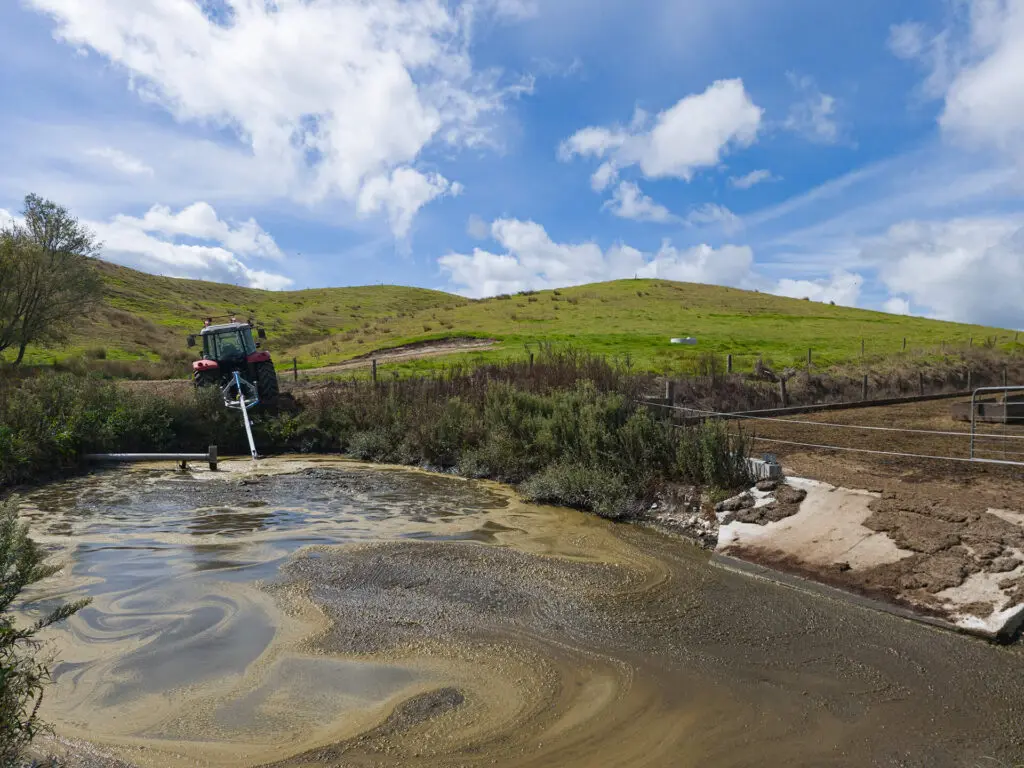
Nevada’s engineered Typhoon™ propellers have all these features, along with other smart features that extend throughout both the electric and PTO stirrer range.
Just like a ceiling fan, having 3 blades provides a more efficient and effective action for destroying the solid particles.
Each blade needs to be shaped so that when in rotation a scooping and sucking effect is achieved. The propeller is then able to suck solid particles down from the surface, and scoop them into the propeller area where the 3 blades will demolish them.
By partially overlapping propeller blades, maximum propeller surface can be achieved within a compact diameter. This allows the slurry to be brought into rotation fast for homoginisation within the shortest amount of time.
This is an often overlooked feature of propeller manufacturing. Like your car tyre, it’s important for the propeller to be balanced to the hub where it is bolted to the drive shaft. This allows for a smoother, more consistent and efficient operation and use of power.
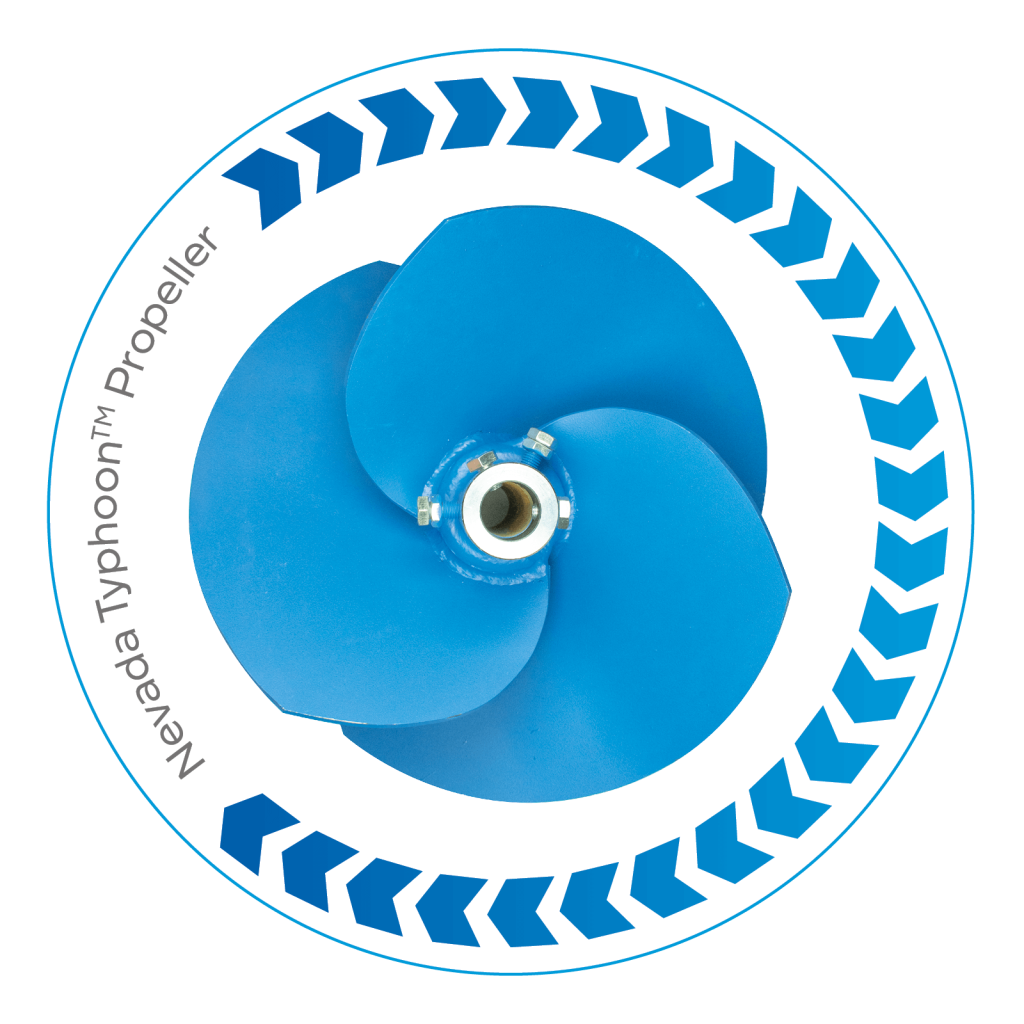
Check out our Crusted Pond Challenge video below to see the propeller in action…
Want to know more about what makes a good propeller, or see a Nevada Pond Stirrer demo? Chat to one of our experts to see how we can help transform your waste into gold.
"*" indicates required fields
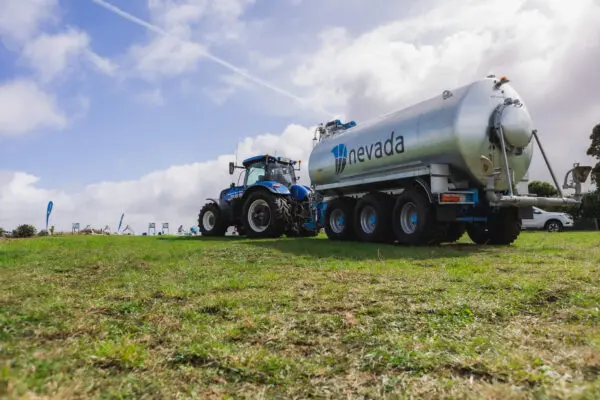
"*" indicates required fields

"*" indicates required fields

"*" indicates required fields
